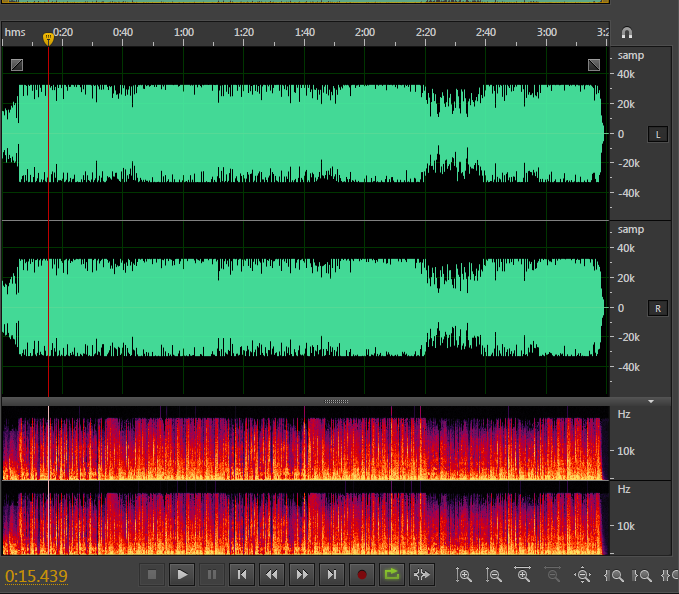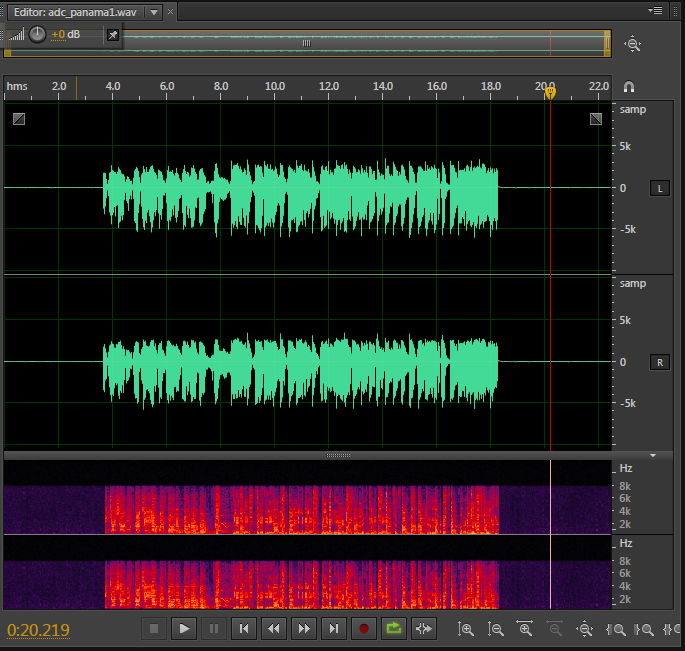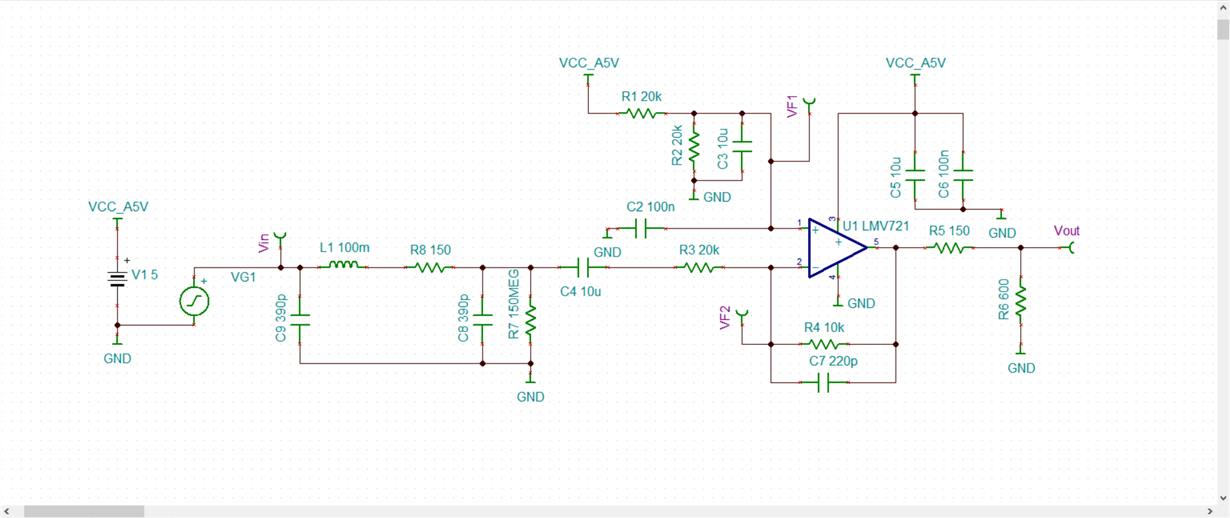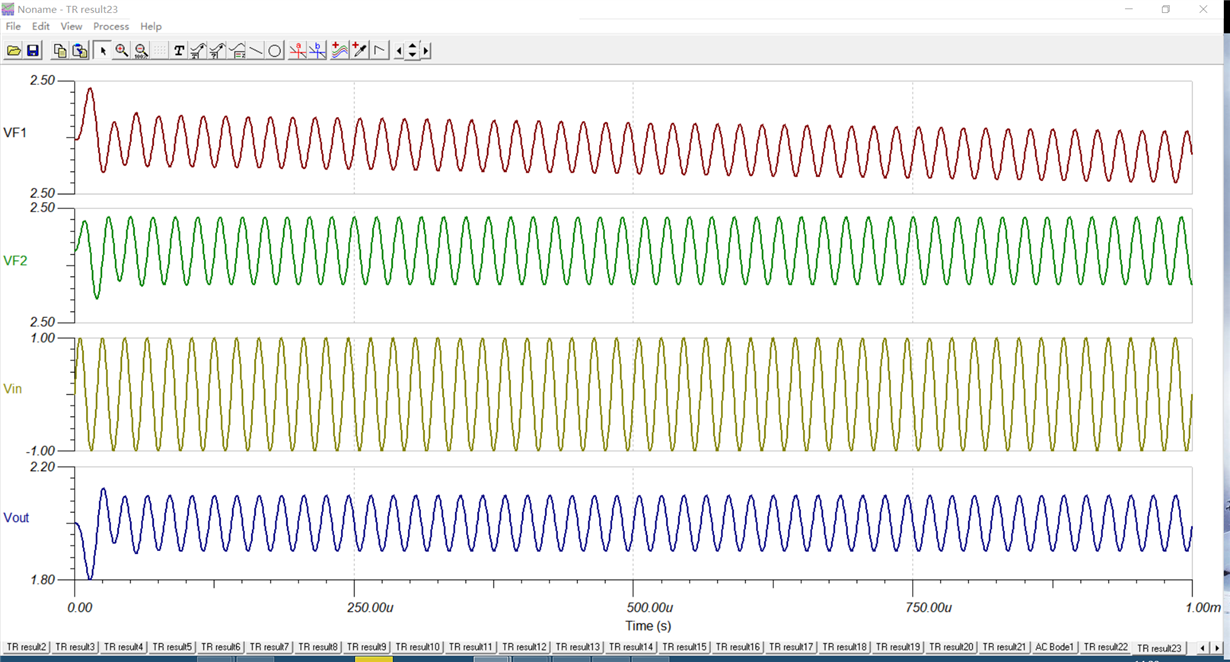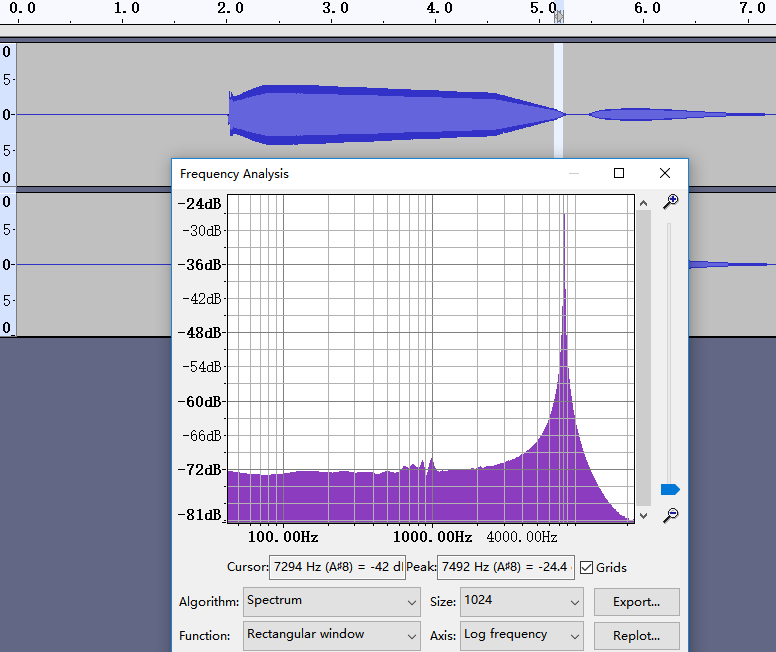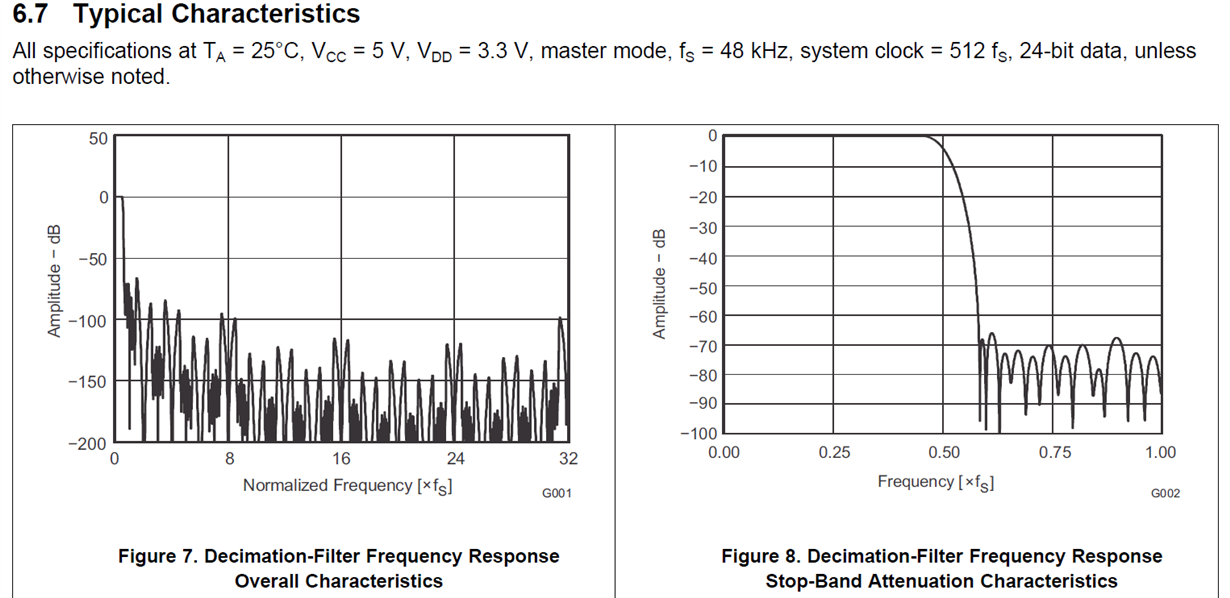Other Parts Discussed in Thread: LMV721,
REF_ADC_20180329 (Restored).pdf
Hi TI experts,
We have a customer using PCM1808 in a PC sound card.
The schematics is in the attachment. Customer found a problem, when using a PC software to record the sound, the waveform seems to be asymmetrical.
Here is the source waveform
and here is the captured waveform:
the waveform should resemble the input, however we seem to find the upper half(above the baseline) has a smaller amplitude(about 1/2) than the lower half.
We suspected it to be the amplify circuitry problem, but we checked the bias voltages of the TLV721 input and output, all seemed OK.
Here is the TINA connection and transient analysis
Can you give us some advises?
Thanks.


